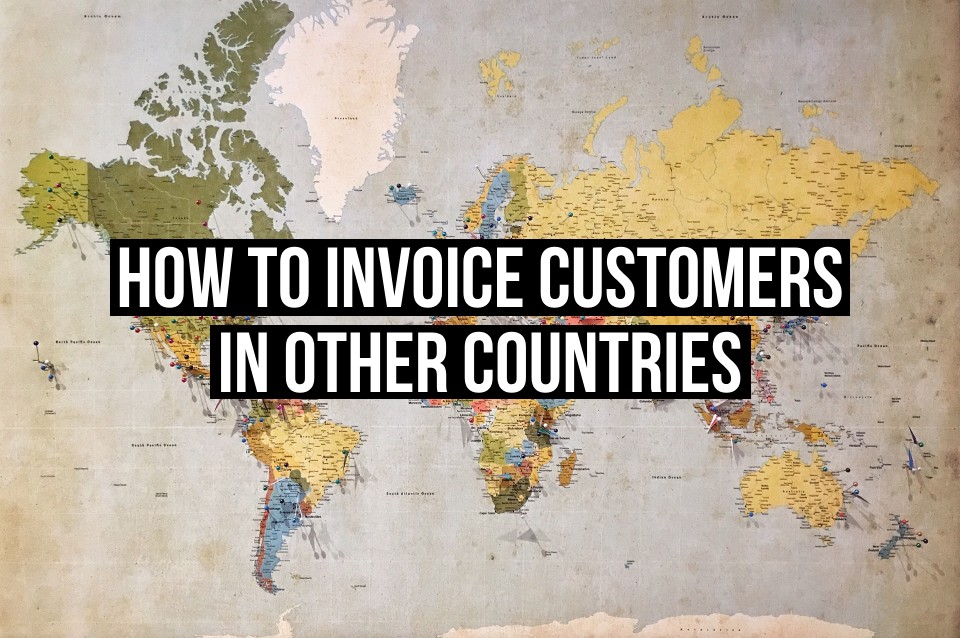Invoicing a customer abroad is much like invoicing in Australia, but there’s a couple of additional things you’ll need to consider. Here’s what you need to know about creating invoices for exports.

Invoicing basics
When you send an invoice to a customer outside of Australia, make sure that your invoices follow the same basic standards and guidelines that you’d apply to any other invoice. Is the invoice clear and easy to read? Does it reflect your company’s branding? Most importantly, does it contain the necessary information?
Check that your invoice includes:
- Your name, address, and contact details.
- Your Australian Business Number (ABN) or Australian Company Number (ACN).
- Your customer’s name and contact details.
- The word ‘invoice’ or ‘tax invoice’, depending on which type of invoice you send
- A unique invoice number
- An issue date
- Details about the goods or services provided, including a price, the quantity, and a description
- A due date
- Payment terms & conditions
- The total cost.
If your sale is taxable, you might also need to include information about GST, but more on this later!
Invoicing in other languages and currencies
In some countries, small businesses have the option of invoicing in a foreign language but, in Australia, all invoices need to be in English, regardless of where your customer is based.
While you shouldn’t issue invoices in any language other than English, you can invoice in foreign currencies. If you choose to do this, you should calculate the exchange rate in a specific way, as outlined by the Australian Taxation Office.
Bear in mind that exchange rates fluctuate, which can result in exchange gains or losses. For example, you invoice a customer in New Zealand in New Zealand dollars, and the exchange rate changes between issuing the invoice and receiving payment. Even though you receive the correct amount in NZD, this converts to fewer AUD than at the time the invoice was issued. It is your responsibility to cover the difference (not your customer's), and you should record this in your accounts as an unrealised loss.
